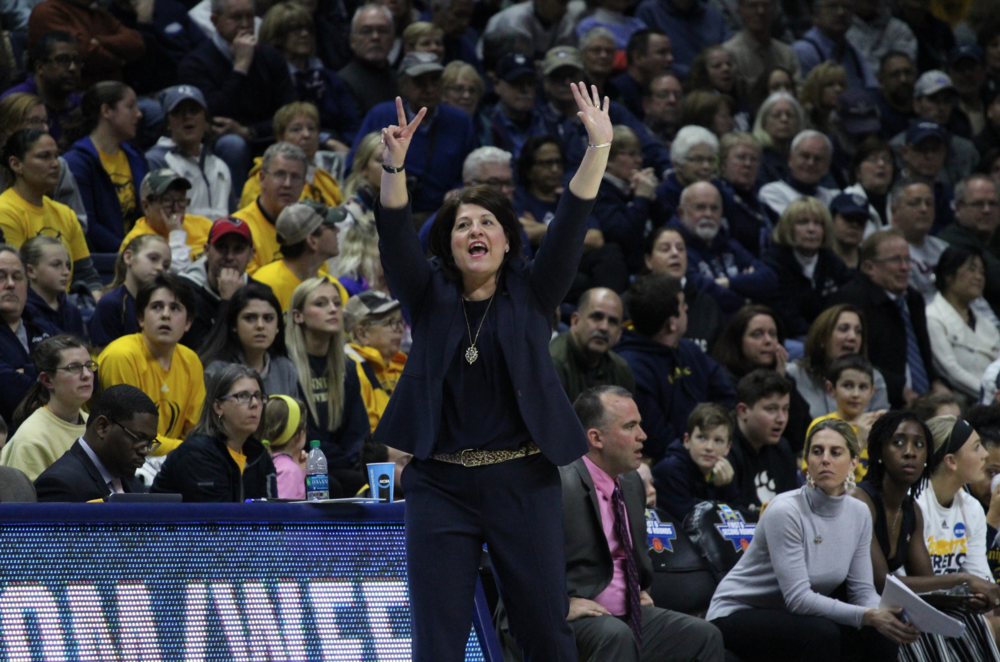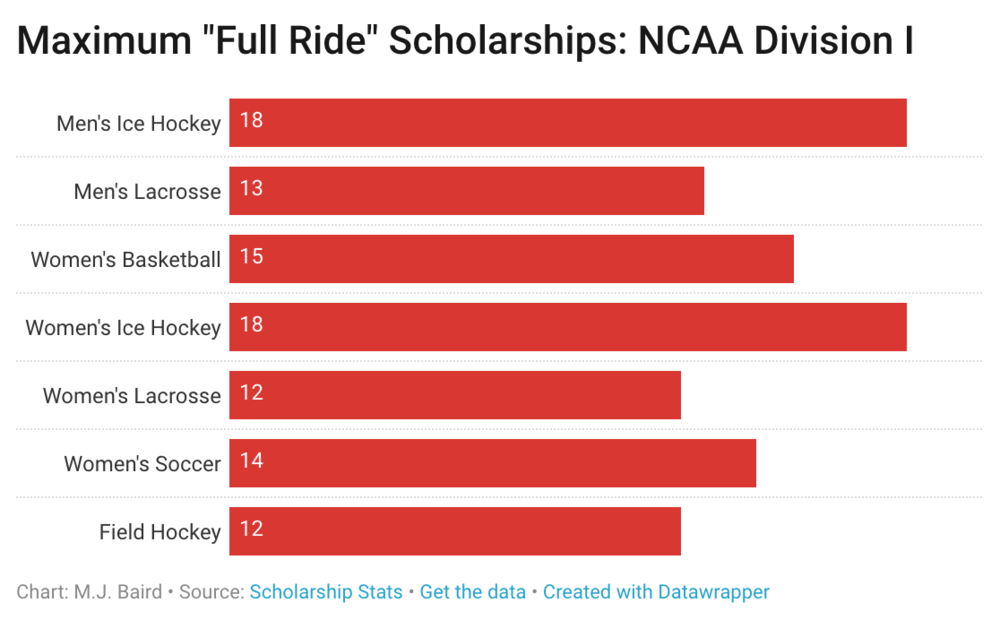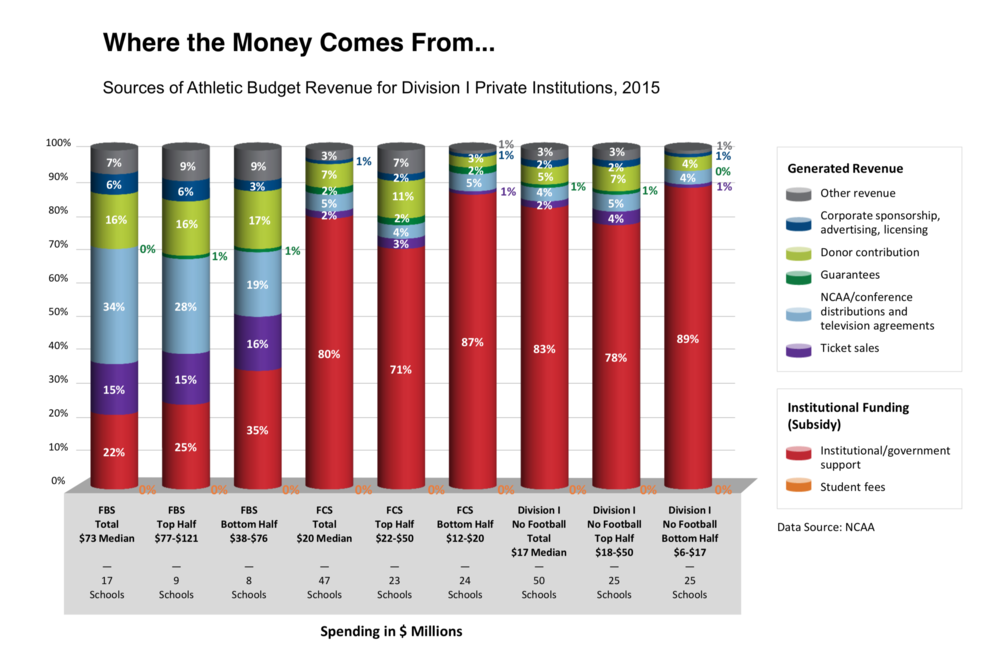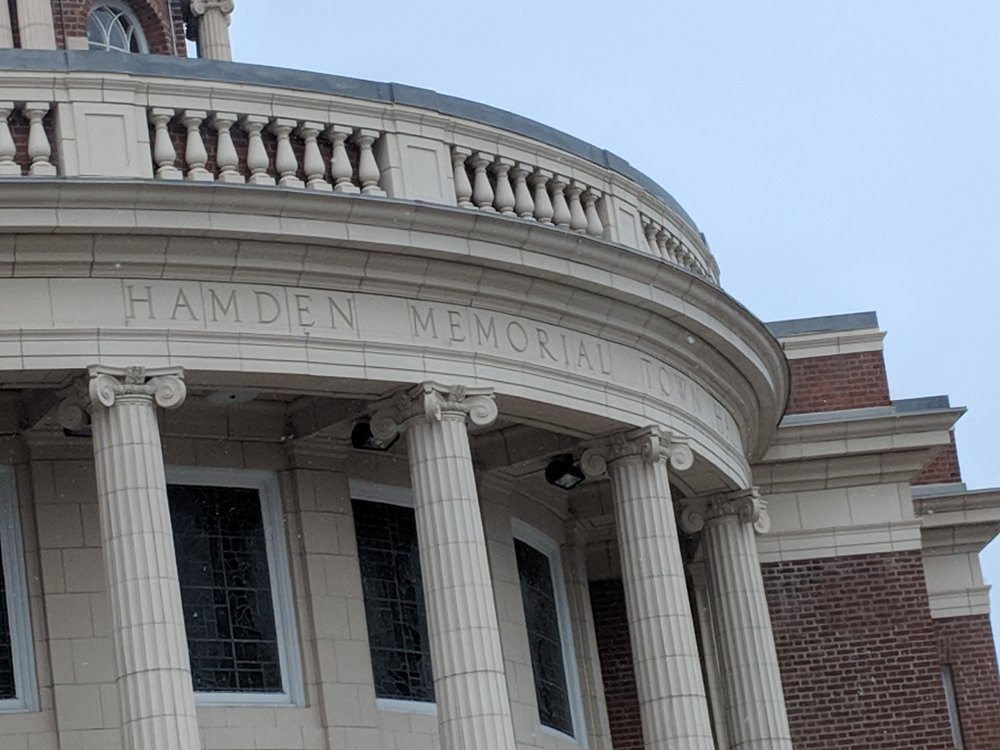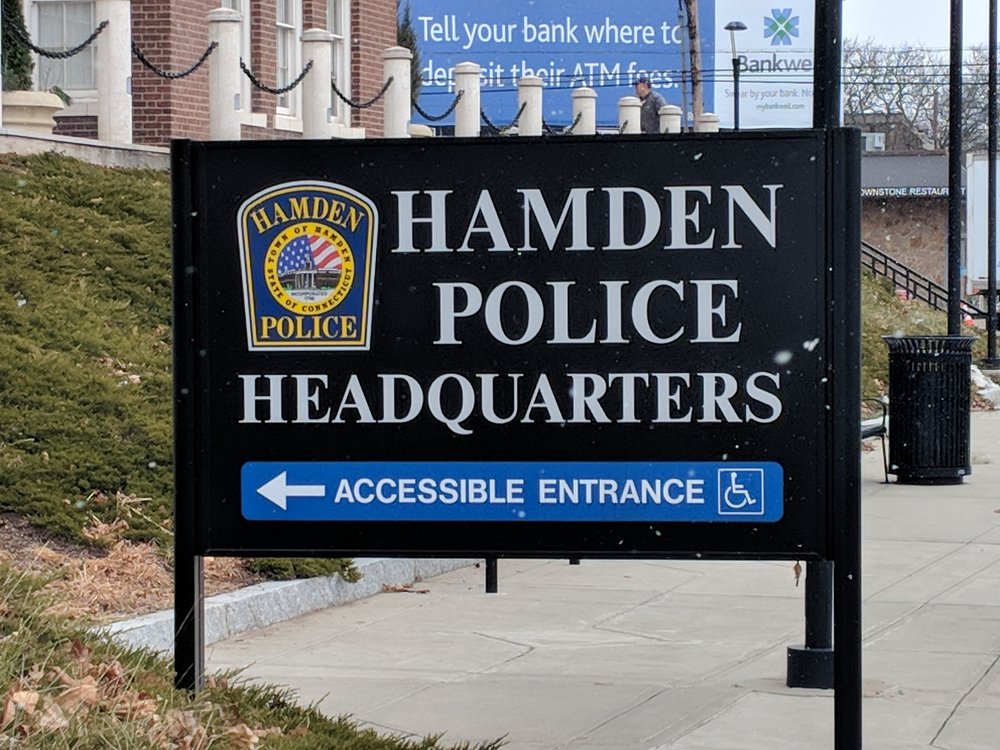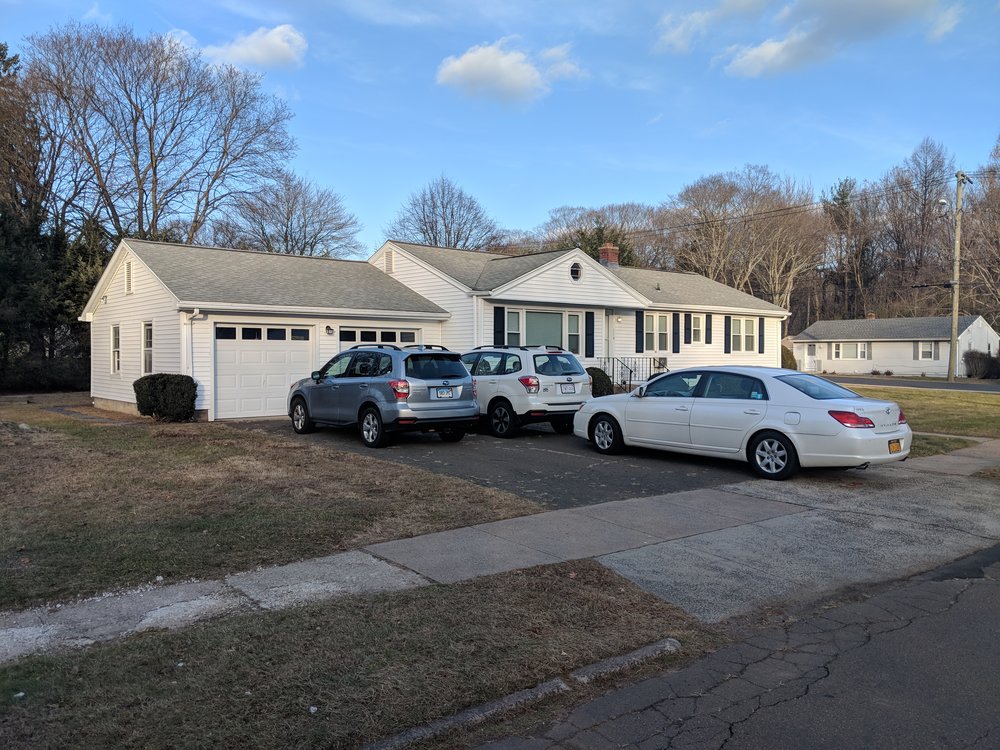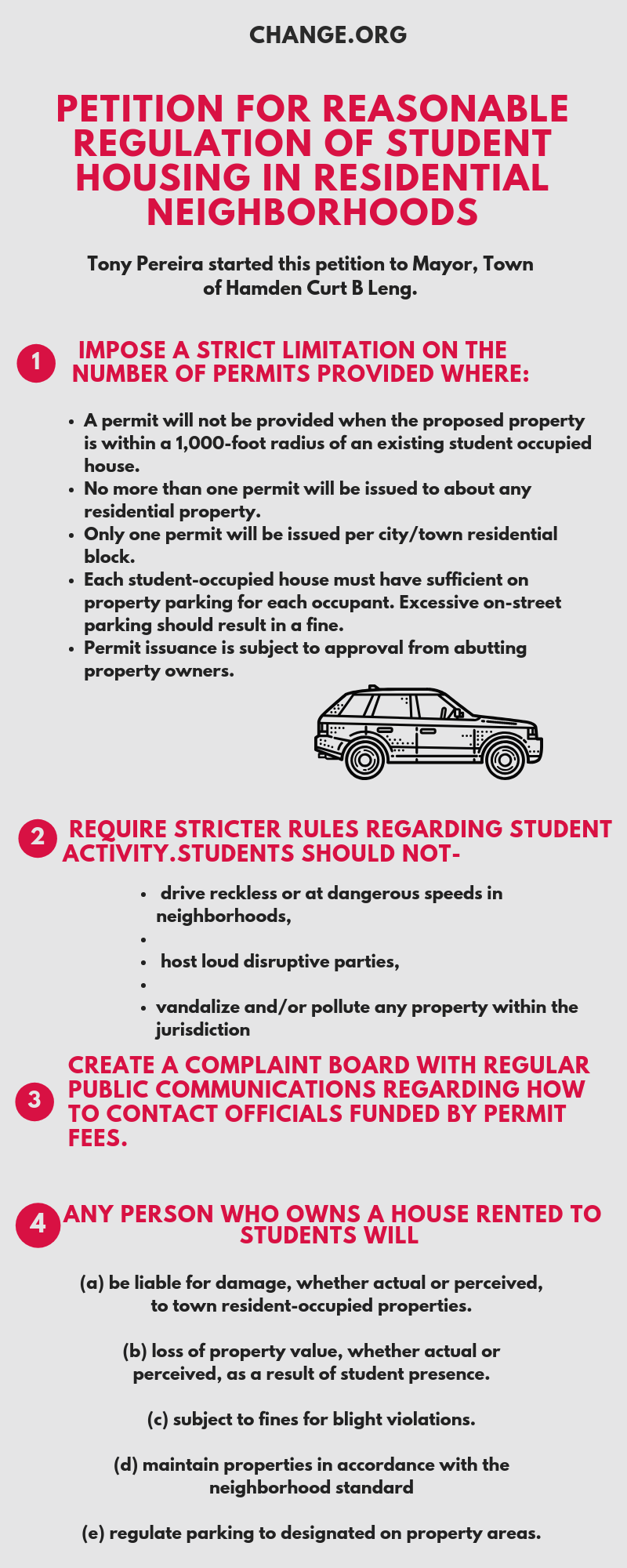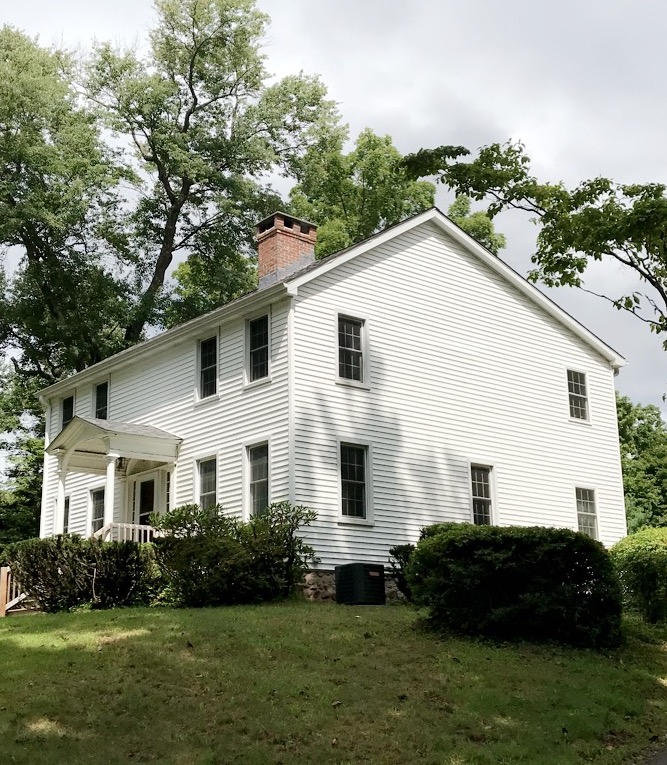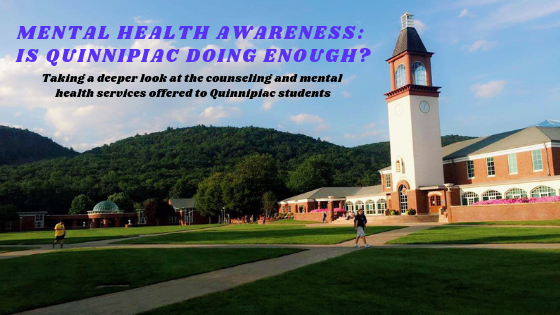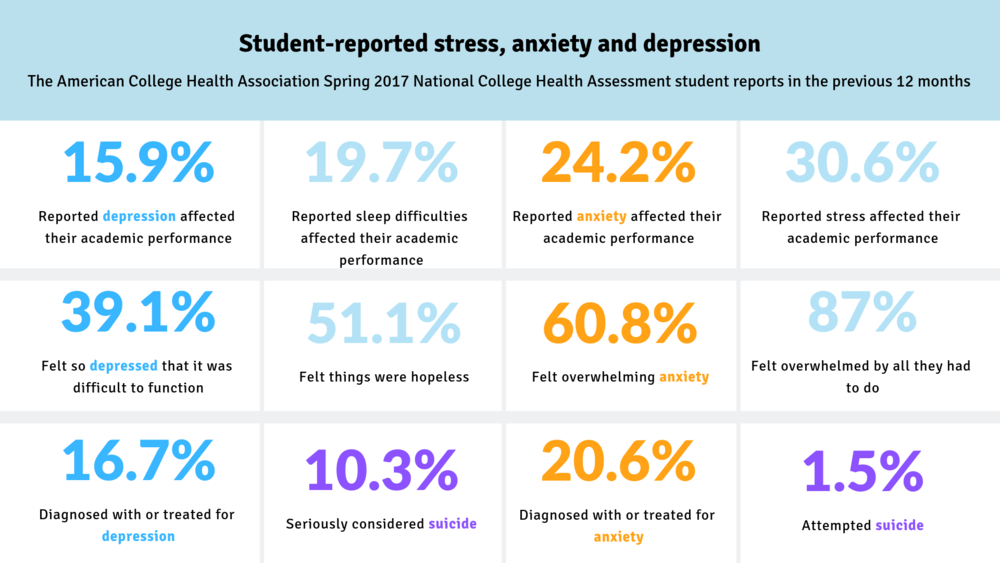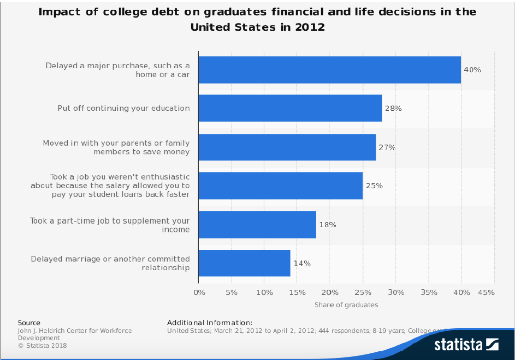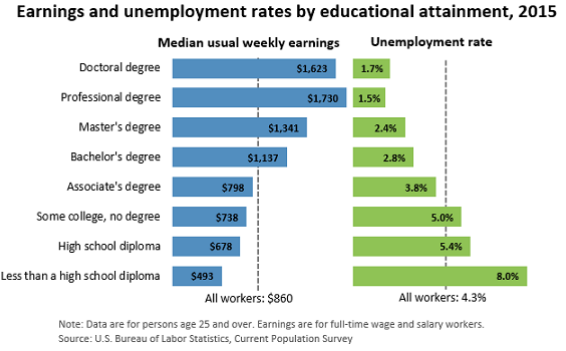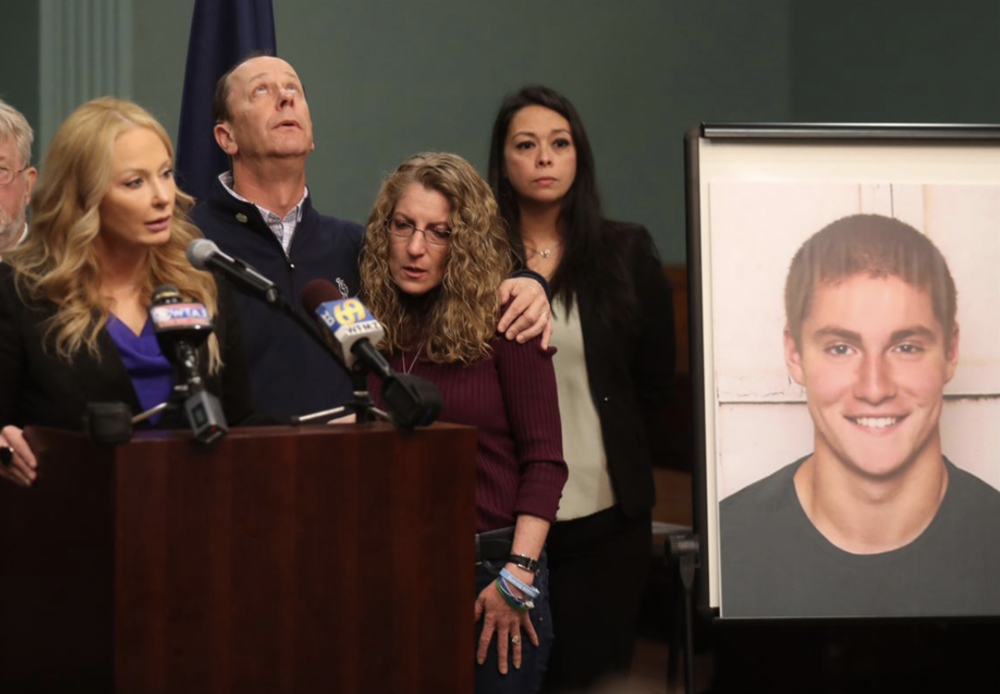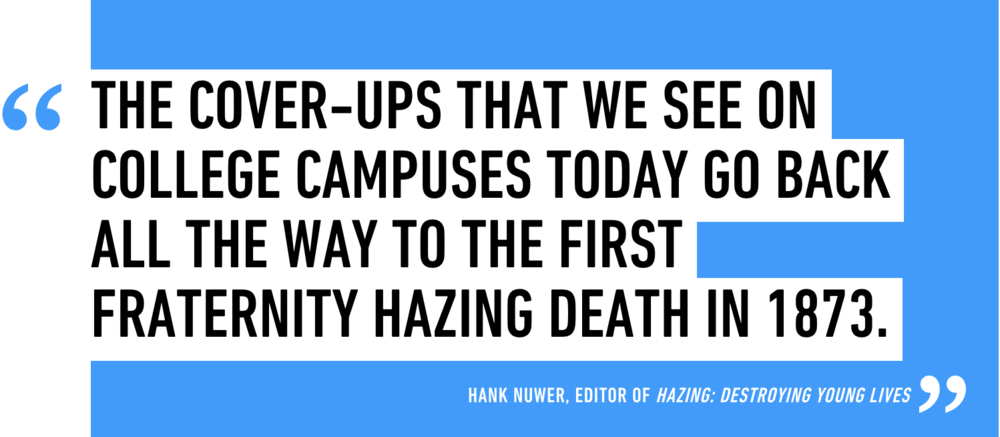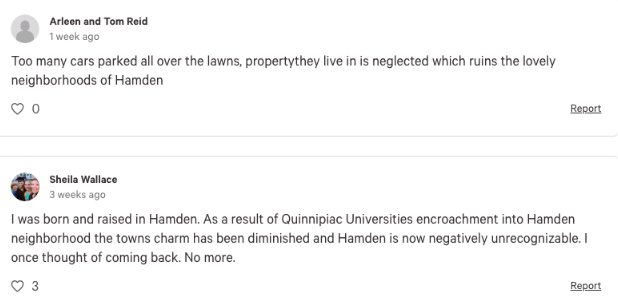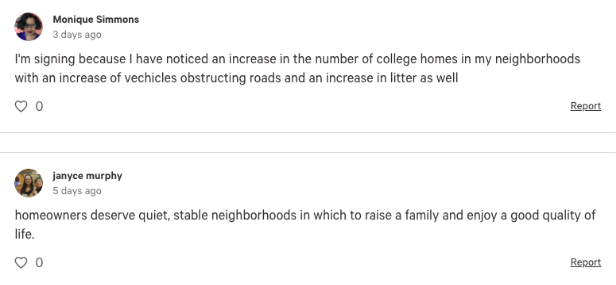By Cali Kees
Across the United States, many experienced issues while waiting to cast their ballot this past Nov. 6 and in the days following many states experienced recounts.
In the state of Connecticut citizens experienced long lines at polls, students had issues during their registration processes and election officials held recounts for several races in the days following the election.

Quinnipiac senior, Joe Iasso, has been following the news of the many issues that made headlines after this midterm election.
“It made me upset to look nationwide to see the amount of voter suppression that was going on and kind of look at our own town and say, “‘oh my God, it’s happening everywhere, this is a huge problem,’” he said.
This year, Quinnipiac University had an Election Engagement Committee, their goal was to get 200 students to register to vote prior to the midterm election. This committee was spearheaded by Katherine Pezzella, director of campus life for fraternity and sorority life and Luke Ahearn, student government association vice president. As co-chairs they worked together to help increase civic engagement across Quinnipiac’s campus. This mission started as soon as students walked onto campus.
“Early on in the school year…we were doing voter registration because we figured that was the time most students were more likely to get involved with things on campus,” Ahearn said.
Throughout the course of the school year the Election Engagement Committee held different educational events, non-partisan information sessions and election drives on campus. On election day the committee organized transportation to polling locations, giving students the option to register to take a shuttle. In total the committee registered 165 new voters, but not all of them had an easy time at the polls.
The Election Engagement Committee encouraged students to register to vote in their home towns and request an absentee ballot or register to vote in Hamden by filling out a mail in registration form or going online. Registering in Hamden as a college student is not as easy as it sounds.
Pezzella said, “we know that there’s specific rules for college students and the form has to be filled out in a very specific way where they list not only what campus they live on but what their residence room number is, as well as their mailbox number, so there’s a lot of pieces that may be tricky for students.”
She explained that because the mail in registration form has to be filled out in a specific way, there were several forms handed into the committee that were either incomplete or incorrect. When a form was filled out incorrectly, the committee attempted to get in touch with the student who filled it out to make them aware that their registration would not be processed by the registrar.
“Ultimately we still had about 15 students who never came back to finish that form,” Pezzella said. “I know that there were at least 15 students who may have thought that they were registered to vote that ultimately did not have a complete voter registration.”
After hearing of the issues some students faced at the polls election day, Pezzella and Ahearn sent out a survey to the students they had registered looking to identify those who had issues and to receive more information about those issues.
“In the past, Hamden historically has given students trouble in the voter registration process and the voting process,” Ahearn said.
But in the survey they found only one student who filled out their registration form completely and correctly had an issue. That student was Joe Iasso.
Iasso had submitted a registration form to change his address through the registration drive.
“It’s a pretty simple form you just kind of fill out a new voter registration form and check that you’re just changing the address,” Iasso said. “It should be really simple for them to change in the system.”
On election day he drove to his polling location confident he would be able to vote using his new address, but when he went to check in they told him there was no one registered at that address with his name. An election official was able to look up his information and found out that he was still registered as a resident student on Quinnipiac’s Mount Carmel campus.
“I was apparently the only student who had an issue but to me there shouldn’t have been any issue at all,” Iasso said. “I should’ve been able to go in and vote by the correct procedure but my form wasn’t processed.”
Hamden Republican Registrar, Anthony Esposito, said they made sure that every form was processed.
“If you filled out a form…we made sure that we got every single one of those registrations in before election day,” Esposito said.
Iasso said this is not the first time he has had an issue with Hamden’s voting registration system. During his freshman year, Iasso held a registration drive for Hamden’s mayoral election with other members of the Student Government Association. Like the registration drive held this past election, they had Quinnipiac students fill out the paper mail in registration forms. Iasso said that he went with the SGA president to drop off the registration forms to the registrar’s office. When they got there they handed the forms to Esposito who said he could not process all of them.
“[He] gave us back like 20 that he said were not filled out correctly,” Iasso said.
Esposito explained that a way college students can try to avoid issues with registration is to go online. Misspelling or even the change of a letter makes a difference in whether or not a registrar can legally process a registration form.
“Going online, doing something that students do a thousand times a day it’s entering in the computer address, the form comes up and you just fill it out and when you’re all done putting all the data in you confirm it and send it and it comes here electronically,” Esposito explained.
While this is true for students who are from Connecticut, when students from out of state complete their online registration form, the last step brings them to a confirmation page with their personal information filled out. There is a note at the bottom that instructs students to print out this page and either mail it into the towns registrar office or the secretary of state.

A screenshot of the note that is on the last step of the online registration form that out of state students will see.
If students choose to click the above “Email” option, they are sent an email with instructions that say, “You are not officially registered to vote until this application is approved. Please print your completed registration (see attached), sign and date the application and deliver it by mail or in person to the Town of Hamden registrar of voters office.”
Despite what Esposito said, the form for out of state students is not sent to the registrar’s office electronically. Instead, students’ personal information is filled out electronically into the mail in registration form—the same form that many students typically write into during Quinnipiac’s registration drives.
We reached out to Esposito for comment regarding this but he did not get back to us in time for publication.
Esposito also acknowledges the stigma Quinnipiac students have for voting in Hamden.
“We get that all the time because you know [Hamden residents] say, “they’re not here, they don’t know the local issues,” Esposito said. “They’re going to vote for mayor, they’re gonna vote for legislative council, they don’t know what’s going on but they’re gonna vote anyhow, that’s not fair.”
It is a federal law that gives students the right to choose where they’d like to exercise their right to vote—in their home state or the state of their college. While Esposito believes that students should have this right to choose, he believes restrictions should be placed on students who choose to vote in the state of their college. He thinks the idea of a restriction may satisfy the residents who feel this way.
“I think that students, because they’re really temporary residents, that the offices that they should be allowed to vote for are not the typically local offices but the statewide offices—governor, president, state senator, congressperson,” Esposito said.
He agrees with the residents who believe that college students do not pay close enough attention to the local state senate and state house of representative races—who the candidates are and what issues they are running on.
“If they’re local things, you’re voting for what? What are you gonna vote because your parents say that you should vote and you’ve always voted?” Esposito asked.
Esposito said that he knows voting is one of the most important rights you can exercise as an American citizen. But he believes that citizens should not just vote to vote, they should vote to make an impact.
“If voting is such a great privilege then it should have meaning, then the privilege should reflect that,” he said. “If you’re going to vote, vote for what and how does your vote impact the total vote.”
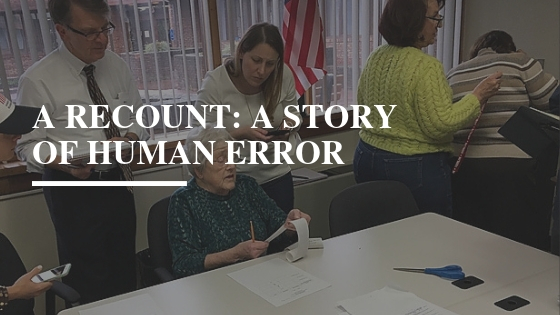
Student voting was not the only issue in the greater New Haven area. In the state of Connecticut, there were many recounts that continued weeks after the election.
Jorge Cabrera, Hamden resident and Democratic candidate ran against incumbent Republican, George Logan in the 17th District State Senate Race. The result of this race was flipped after a major recount.
“I didn’t like the direction that our state was going in and didn’t [feel] that our state senator was doing good enough bringing resources back to our district, so that’s why I decided to get involved,” Cabrera said.
Going into election day, Cabrera said that his campaign team felt good.
“We had been endorsed by President Barack Obama, we had a lot of supporters, there was a lot of energy and excitement,” he said.
That night Cabrera returned to headquarters with his campaign team and waited for the returns to come in, with the race being so close they realized that they would not know the results until the morning.
“We sent everyone home and thanked them for support,” Cabrera said.
When Cabrera woke up the next morning he found out that he was declared the winner of the race. He began to receive congratulatory phone calls and began preparing for his transition into office with a strategy meeting with the Senate Democratic caucus. But the meeting was interrupted when Cabrera was informed by attorneys that there had been a problem in the counting of votes in Ansonia, one of the towns that vote in the 17th District State Senate race, and there would be a mandatory recount.
The towns that vote in the 17th District include: Ansonia, Beacon Falls, Bethany, Derby, parts of Hamden, Naugatuck and Woodbridge.
“It was confusion; I was asking myself some questions. You know, what exactly is happening?” Cabrera said.
He explained that most of the confusion stemmed from the various different explanations they were given for the recount. One explanation they got was that one of the machines broke down in the middle of the day and that officials at the polling location took the ballots out of the broken machine and fed them through another machine. This giving the impression that the machine counted those ballots twice.
Cabrera was also told that, “absentee ballots were fed into a machine and may have been counted over two hundred times, which we also couldn’t wrap our heads around.”
After the recount it was concluded that it was a scrivener’s error, meaning someone wrote down the wrong number. They then put the wrong number into the computer system.
In the initial reporting, the error, “went from two to 234,” Cabrera said.
When the recount began, Cabrera and his campaign team held a rally.
“The purpose behind the rally was to put a spotlight on the recount process to make sure that the folks that were doing the recount understood that we were demanding that every single vote be counted adequately,” he said. “The integrity of our political system and the integrity of the outcome of this election was critical.”
The recount reversed the original results, with Logan narrowly winning the seat with 50.1% of the votes and Cabrera with 49.9%
Cabrera said, “people often say your vote really matters, in my race it really did.”
We reached out to George Logan, 17th district state senator and the Ansonia registrar’s office and they did not get back to us in time for publication.

Voting issues plagued the U.S. in this midterm election. The question now is how can we move on? And how can we prevent these issues from happening again in 2020?
After a human error reversed the result of his race, Cabrera said he’s been looking into preventing these issues in the future.
“I’ve been talking to other legislatures about possible legislation for more oversight and accountability,” Cabrera said.
He has questions about what kind of training and experience the people who run our elections and polling locations have.
“We have a strong tradition in Connecticut of local rule and local authority over our election process which I think is important,” Cabrera said. “But I think we need to balance that to make sure these kinds of mistakes don’t happen.”
Esposito believes many of these errors, especially the human ones, happen because of the shifts many of these election officials work on election day.
“There’s a lot of reading and recording and you’re asking people who have already put in a 15 hour day to do the recording,” Esposito said. “There could be an opportunity for error at any place.”
He said the long lines in Connecticut for some polling locations are unavoidable because of election day registration. Connecticut is one of fifteen states that offer election day registration which gives citizens the opportunity to register and then vote on election day. Esposito only knows of one town in Connecticut that was able to successfully execute election day registration without a long line. He believes this was because of their staffing, resources and set up.
“We had as many people as we could working here in the office taking on all the people,” Esposito said. “Yet at 7:00 p.m. I had to go out into the hallway and tell people if you’re not standing at the counter with a ballot in your hand at 8:00 p.m. you’ll have to go home, because that’s the law.”

A picture at Hamden’s election day registration polling location with a line of people waiting.
Iasso plans on meeting with a member of the secretary of state’s staff in the near future in hopes to discuss an easier voter registration process for out of state students.
“I would hope that the state would try to find some way to implement a college student system for voting in their town[s], we have so many schools in Connecticut aside from Quinnipiac,” he said. “I hope to be able to make change for all of those college students.”


